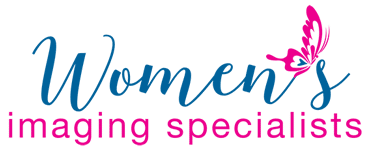Mammograms don’t prevent breast cancer, but they can save lives by finding breast cancer as early as possible. Finding breast cancers early with mammography has also meant that many more women being treated for breast cancer are able to keep their breasts. When caught early, localized cancers can be removed without resorting to breast removal (mastectomy).
Starting mammograms at age 40 could reduce breast cancer deaths by 24 percent, according to a study published November 2010 in the journal Radiology, and the benefits of beginning mammograms at this age outweigh the potential risk they bring of developing radiation-induced cancer.
The study showed that, if 100,000 women began getting mammograms at age 40, then 497 could have their cancer found early enough to save their lives (without mammograms, 2,070 would likely die of the disease). Meanwhile, 86 women could develop radiation-induced cancer, and 11 of them would likely die, said study researcher Martin J. Yaffe, a medical biophysics and imaging professor at the University of Toronto. There’s no direct evidence of breast cancer being caused by mammography, because it’s impossible to distinguish radiation-induced cancer from cancer that develops for other reasons, Yaffe said.
Modern mammography machines use low radiation doses to produce breast x-rays that are high in image quality. On average the total dose for a typical mammogram with 2 views of each breast is about 0.4 mSv (a mSv is a measure of radiation dose). Older mammography units delivered higher doses, and led to concerns about radiation risks. These older machines are no longer used.
To put dose into perspective, people in the US are normally exposed to an average of about 3 mSv of radiation each year just from their natural surroundings (this is called background radiation). The dose of radiation that a woman gets during a screening mammogram of both breasts is about the same amount of radiation she would average from her natural surroundings over about 7 weeks.
Flight attendants are exposed to higher radiation levels due to their job. Interestingly, the limited radiation airline crews are exposed to is also unlikely to increase breast cancer risk. Although female flight crews do not have higher rates of breast cancer death, they do tend to have slightly higher rates of breast cancer. However, research studies referenced by the Susan G. Komen Foundation demonstrate this is likely due to reproductive and lifestyle factors, as well as the night shift work related to the job. Women who work night shifts for many years have a small increased risk of breast cancer
Strict guidelines ensure that mammography equipment is safe and uses the lowest dose of radiation possible. Per the American Cancer Society….”the level of radiation from a mammogram today does not significantly increase the breast cancer risk for a woman who gets regular mammograms.” Studies show the benefits of screening mammography outweigh the risks, especially for women aged 50 and older. This is not true for women under 40. Unless you have very strong risk factors for breast cancer, such as a strong family history, such as BRCA1 or 2 mutations, it’s not recommended that women under 40 get yearly mammograms, because the risk of cancer from that mammogram could outweigh any benefit.
Although the risk to the fetus is likely to be very small, screening mammograms aren’t routinely done in pregnant women.
Bottom line: The benefit of annual mammography far outweighs the extremely low risk of radiation-induced cancer from yearly mammograms.


